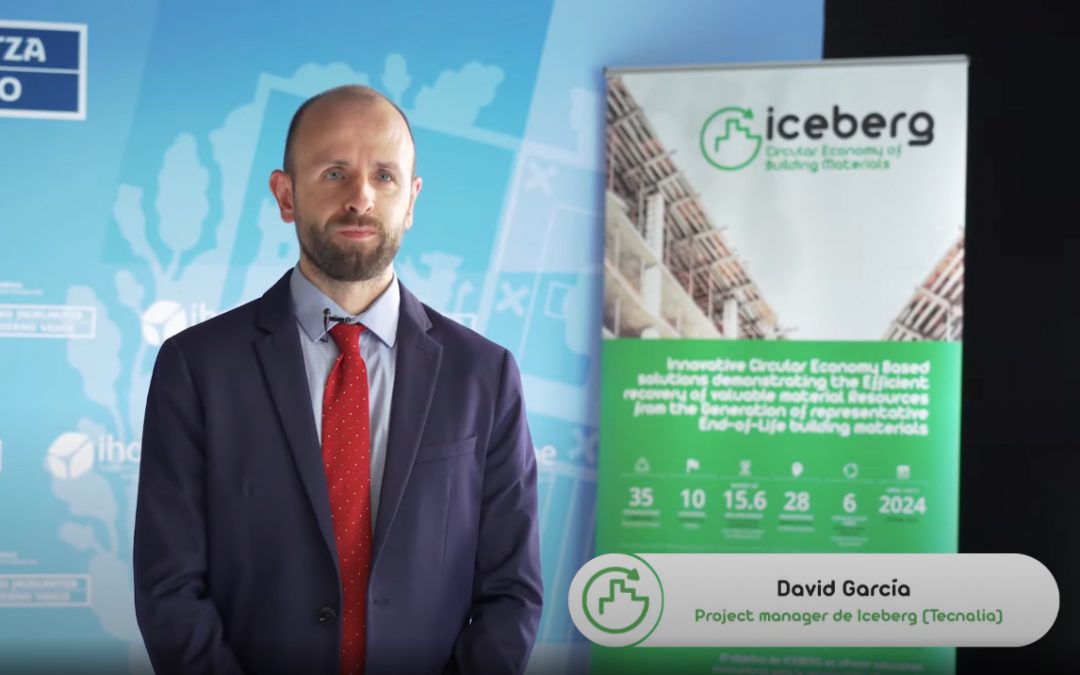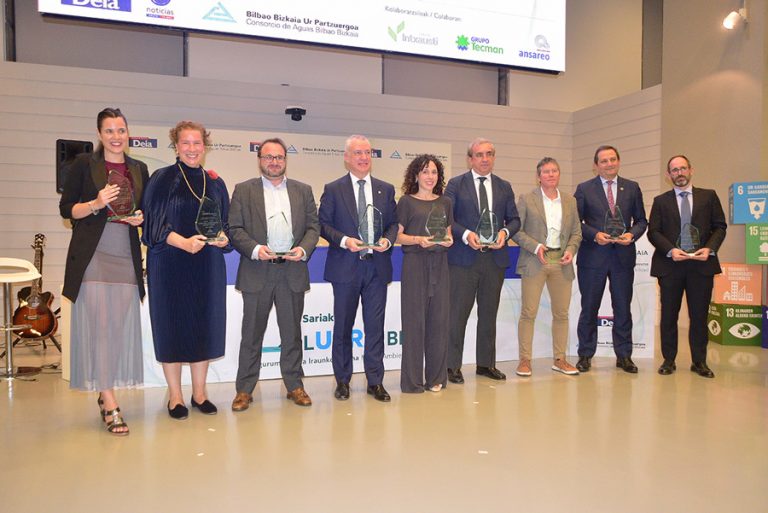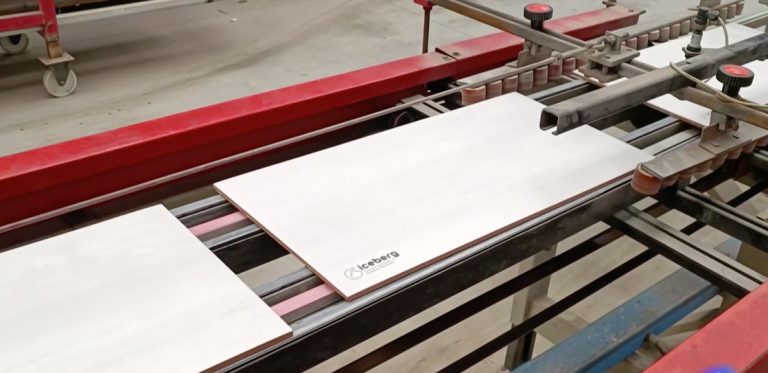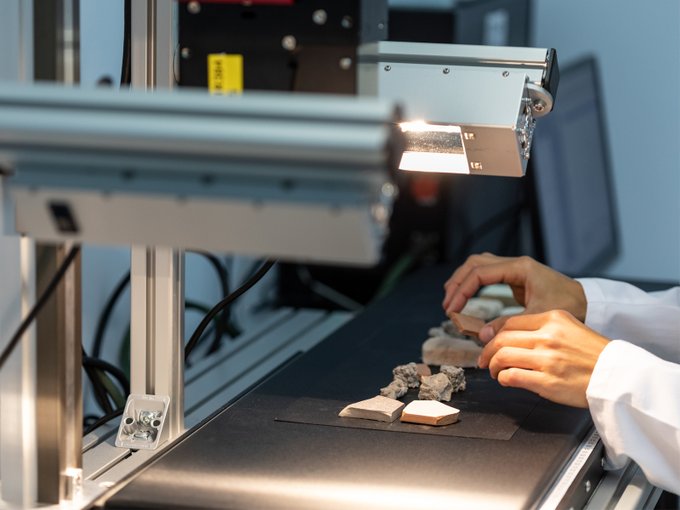35 public and private organisations from ten countries are taking part in the ICEBERG project, which is funded by the EU under the Horizon 2020 Research and Innovation programme (contract 869336). It aims to look at the recycling and recovery of some of the most common construction and demolition waste: concrete, ceramics, wood, gypsum, insulating foams and super-insulating materials. The project is coordinated by the Basque technology centre, TECNALIA, which has a proven track record in leading this type of European programmes.
David García Estévez. ICEBERG Project Manager (TECNALIA)
Where and how did the ICEBERG project originate?
ICEBERG is the result of reflection by TECNALIA and other research centres on the needs of the construction sector to achieve greater circularity of materials, particularly with regard to buildings. It follows in the footsteps of several European projects (HISER, IRCOW, C2CA…) that serve as a starting point for developing and scaling up technologies that make it possible to better identify, separate, recycle and reuse the most common construction materials, including some of the more recent ones such as insulating foams and aerogels.
It has been 6 months since the start, so what areas are you working on?
The first few months were spent setting up communication and coordination activities. In addition, two of the project’s main strategies were addressed from the outset: a) new tools to improve the identification, quantification and traceability of building materials and b) the development, integration and scaling up of automatic sorting, purification and recycling technologies.
What do you hope ICEBERG can bring to the construction and demolition sector?
Expectations are very high, as ICEBERG aims to achieve 35 innovative results for real applications in the construction sector: from software to improve demolition processes and traceability of waste and materials, to new eco-designed products made of recovered materials, and various recycling technologies. The key to achieving this within the time frame of the project lies in working with technology developers and companies that are able to translate the sector’s real requirements and problems.
Is it imperative for the sector to make changes at this point in time in order to meet EU targets?
“Circular economy should not be imposed, but rather understood as a responsible way of innovating and demonstrating excellence over competitors”.
Construction and demolition waste (CDW) accounts for 30% of the total waste generated in the EU. Much of it ends up in landfill, although many of the materials could be reused. According to official statistics, only 3 of the 27 members are not meeting the proposed target of recycling 70% of this waste. However, there is a wide spread in this value in the different regions (from 10% to 100%). It is also clear that much of this waste has an unknown destination and that traceability and data collection procedures need to be improved.
What are the critical areas where these changes need to be made?
It is not just about developing tools and technologies. Of course they need to be done and be economically competitive, but they also need to be supported by legislative, economic, regulatory, training and awareness-raising measures within the sector and for the general public.
Circular economy should not be imposed, but rather understood as a responsible way of innovating and demonstrating excellence over competitors. To make it economically viable, administrations must consider adjusting waste delivery fees according to the degree of mix and contamination. Similarly, illegal practices must be prosecuted and criminalised.
What are the main imperatives from European Directives?
There is a general agreement on the need for highly selective demolition and on site waste separation.
This should be supported by prior identification and quantification of the materials present in the building to be demolished, either from contractors’ waste management studies or from audits carried out by independent experts. Most national regulations implement the European directives on waste separation, but there are major differences regarding the threshold volume from buildings or quantities of waste that require waste separation.“The future lies in building with components that are designed in such a way that they can be dismantled individually to allow materials to be recovered”
Is circular construction possible in the framework of the circular economy?
Most of the materials used in construction are inorganic in nature and non-hazardous. As a result, most of this waste is positively recovered as recycled aggregate and used mainly in civil works. Other materials (e.g. gypsum and plastics) are theoretically feasible for recycling, but in reality this is very limited due to the level of contamination or low price of the original raw materials.
Although at ICEBERG we want to respond to the current problems, we are aware that the future solution lies in building with components that are designed in such a way that they can be dismantled individually to allow materials to be recovered. Consequently, we will eco-design our products and demonstrate the manufacturing, installation and removal processes of these parts.
Do you think that the Horizon programme has an interesting role to play in fostering and driving this transformation?
The challenges related to construction and demolition waste and the transition to a circular economy are identified in both Horizon 2020 and Horizon Europe. These are competitive calls involving proposals with a high degree of technical excellence and impact and, therefore, they require an equally high level of detail. The geographical distribution of the consortia, pilot case studies and dissemination activities make it possible to pass on experiences to a large part of the sector.





